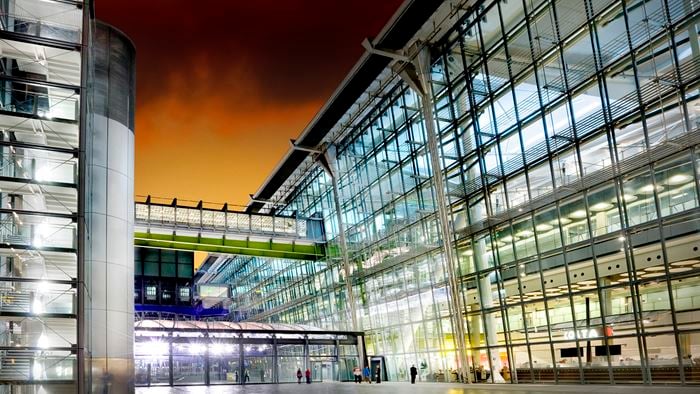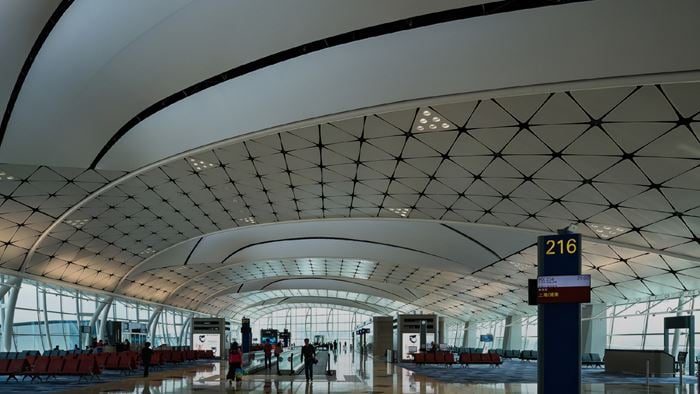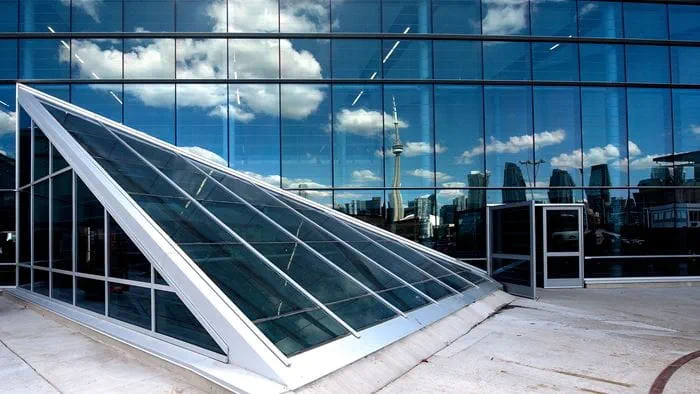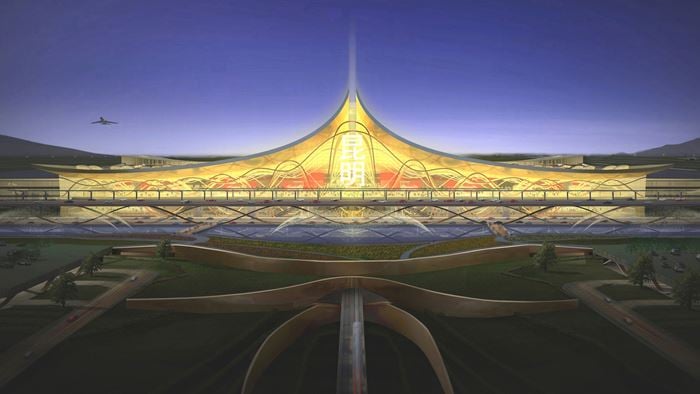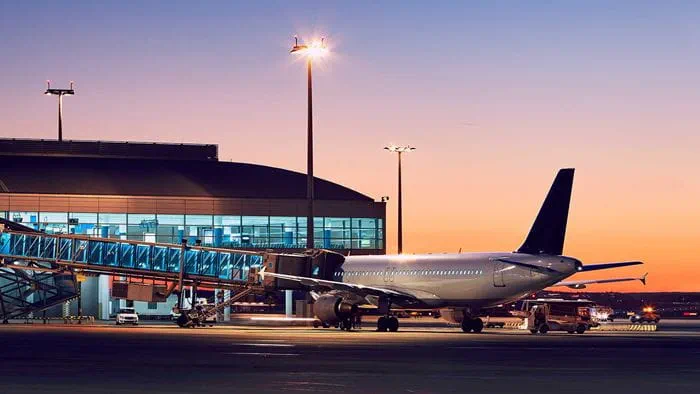There’s no getting around the fact that passenger aircraft are getting bigger.
The Airbus A380, for example, is 80m wide and 73m long so it needs wider, longer runways and may reduce runway capacity. It holds up to 615 passengers, compared to approximately 400 for older aircraft like the Boeing 777-300ER – and that means roughly 300 more pieces of baggage to deal with.
Many airports just aren’t equipped to cope.
To tackle this, it’s important that airports think through the whole process, for the aircraft and for passengers. That means considering landing and taxiing to the terminal, waiting on the stand, unloading passengers and baggage, cleaning, refuelling, re-loading, taxiing and take-off. It also means reviewing the check-in, security, boarding and baggage processes.
For example, an A380 needs three bridges at the stand for passengers to disembark, instead of the usual two. This has a knock-on effect on the position and movements of ground support equipment like catering trucks and refuelling equipment – more ground support equipment is required for an A380, sometimes up to 30 vehicles and those vehicles can’t simply take up the same positions that they would for a smaller aircraft.
When 615 passengers all arrive at the terminal at once, there’s a risk of longer queues at immigration, passport control, and the baggage carousels. So the airport needs to provide more desks, more staff and a larger baggage collection area.
To help clients step into the shoes of passengers, and to see what’s possible, we use simulation tools like Cast, Simio and MassMotion. Simulation enables airport operators to see the passengers’ experience for themselves and prioritise the right improvements. Using simulation software, it’s possible to compare scenarios like introducing e-gates, or allocating more resources to unloading the baggage so that passengers aren’t kept waiting.
If airports don’t take the right steps to accommodate the A380, then passengers will experience long queues, their baggage will be in the wrong places, and aircraft will get stuck in cul-de-sacs. And if passengers feel that they’ve had a terrible experience then Airport Service Quality (ASQ) scores drop and customer numbers fall. So the passengers’ experience of an airport is critical to its success.
Airports that adapt to successfully accommodate the A380 are those that involve all of the stakeholders early and who plan for the whole process. Early planning and engagement reduces the risks of costly, iterative infrastructure remodelling. Often we come across airports that have not planned appropriately, consequently short-term fixes have to be continually reassessed and redone - not only costing the airport operator but also diminishing the passenger experience with the constant hoarding of building sites and the continuous changes in the routes taken to get to and from the aircraft.
I’m firmly of the opinion that this is something that can only be done successfully by looking at the entire process – from check-in to take-off.
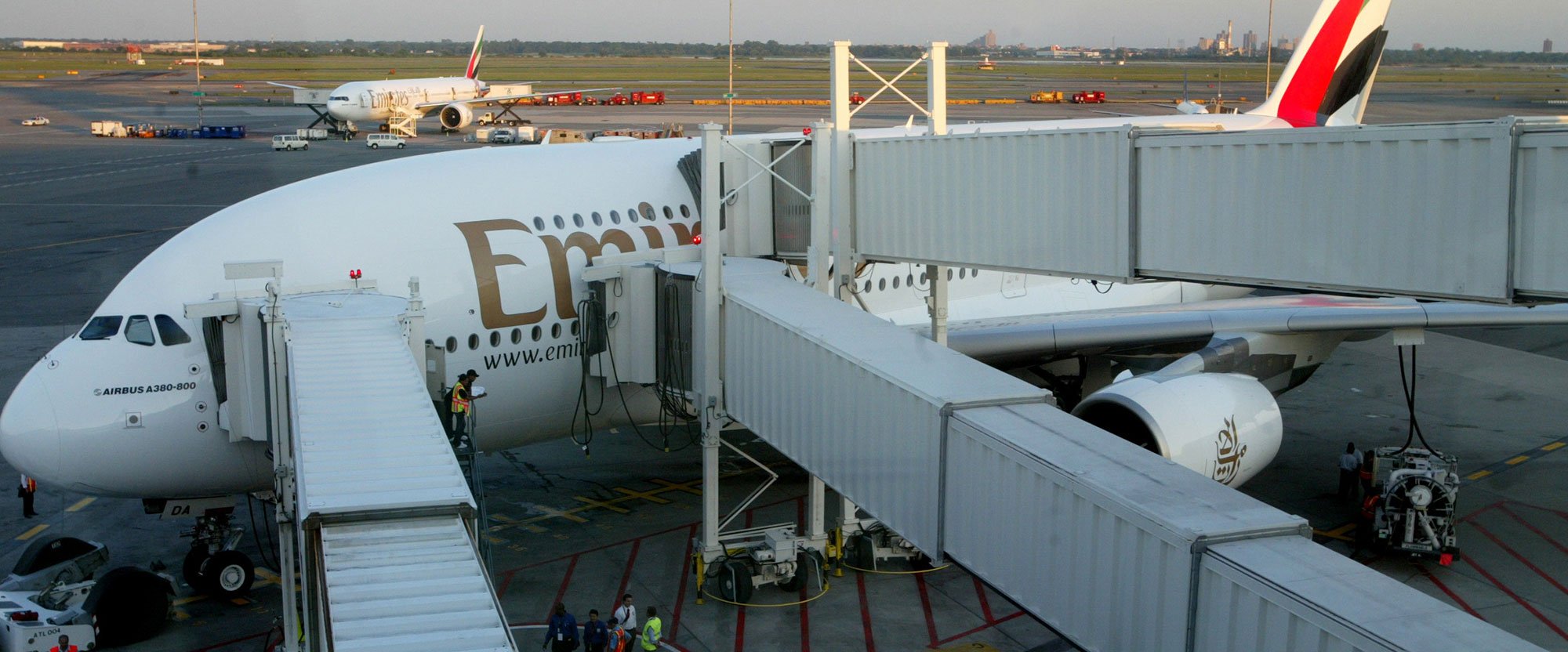 ;
;

